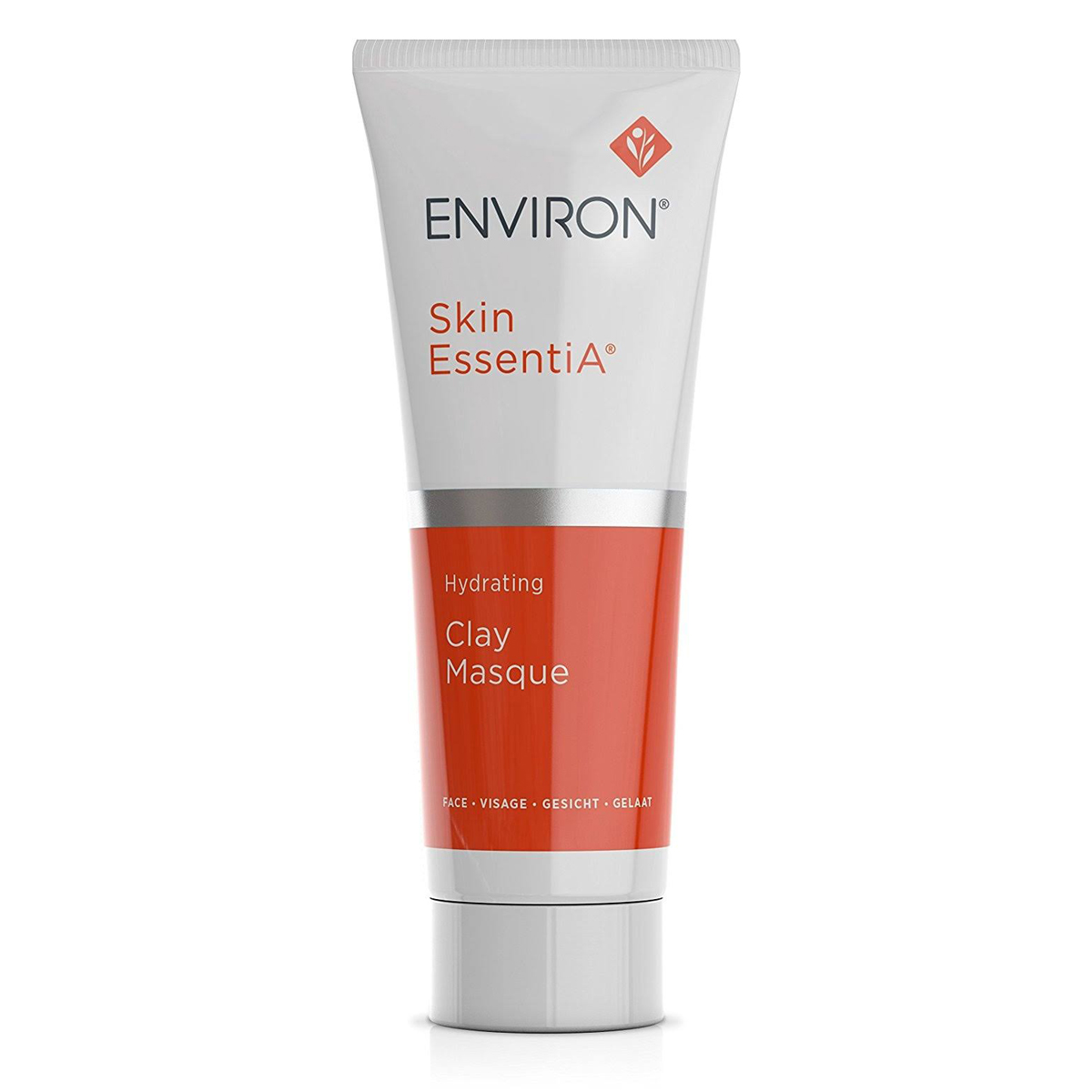
There are still a few more weeks until facialists are finally allowed to open in New York City, which means our at-home skin-care regimens are still doing the most. Seriously, we’re armed with cryo tools, microcurrent devices, and every pore cleansing mask under the sun to help our skin glow. Of course, it’s tough to replicate the absolute relaxation of your aesthetician’s touch, but there seems to be no shortage of devices to bring the spa experience to your home—including the ubiquitous facial steamer.
Whether you’ve attempted an at-home steam yet or not, it’s hard to deny that they’re some of the most divisive products in the beauty industry. Depending on who you talk to, your skin-care expert might swear by its benefits while others will warn you to stay far away for the health of your skin. We spoke to two sought-after aestheticians, Tammy Fender and Joanna Czech, to learn where they fall on the steaming spectrum and why they advise their clients to either embrace an at-home steam or skip it altogether.
Pro-Steaming
Tammy Fender has been a leader in the clean, organic, and holistic beauty space for years, and if you’re lucky enough to find yourself in West Palm Beach, Florida, a trip to her spa is a must. She’s also pro-steaming and uses warm towels in her professional treatments. “Using steam is an ancient way of cleansing, and allows optimal absorption of beneficial plant remedies,” she explains. “With a professional steam, all the aspects are so regulated, both in terms of the distance the steam source remains from the skin and the temperature.”
She feels that steaming is one of the facial treatments that translates best to at-home sessions for her clients, but she always emphasizes the importance of temperature regulation. “The face is so delicate, [so] using this time with a conscious awareness, and bringing your attention to the skin, to the feeling of the steam, and to the beauty of the experience, it can be empowering—and it gives great results. Whenever we approach from a direction of gentle care, instead of a more aggressive, agenda-driven program, the skin benefits.”
In Fender’s opinion, steam is the ideal way to prep the skin for gentle exfoliation or a clay-based mask treatment (she prefers her Epi-Peel and the Restorative Radiance Masque), as it helps to open the pores. To make the experience even more enjoyable, she recommends using your favorite fresh herbs, like eucalyptus, rosemary, and mint (or a few drops of essential oil), and adding them to your steaming hot water. “Cover a large ceramic bowl with several inches of steaming hot water, lean in, and enjoy that fresh fragrance, inhaling deeply,” she says. “You might use a towel as a tent, over your shoulders and head, capturing the steam to enhance the facial benefits. But remember, a DIY steam facial is not like a cardio workout, where you would go for the burn. The steam should never be so hot that you would damage your skin. Be gentle and your skin will love this treatment.”
Anti-Steaming
Joanna Czech delivers that kind of luminous, otherworldly glow that has celebrities flocking to both her Dallas and New York City studios on the regular. And while she used to apply warm herbs on her face while she was studying in Poland, she is now firmly in the no steaming camp. “Over the years, I learned that heat can be quite inflammatory, causing redness and swelling, enhancing hyperpigmentation and rosacea, [especially] if people are over treating, and over exfoliating their skin.”
In Czech’s opinion, steaming with eucalyptus is beneficial if you’re suffering from a stuffy nose, but she doesn’t believe that it will help to open your pores. Instead, she’s a student of cold therapy—which can help to reduce puffiness, eliminate oiliness, and minimize inflammation—and sticking with gentle, yet effective products. “For mild exfoliation, I love a micro exfoliating toner or mild scrub, and for deeper exfoliation and decongesting skin, I love the two step treatment of Environ’s Dual Action Pre-cleansing Oil followed by their Hydrating Clay Masque. The oil softens the skin and the clay mask draws out the impurities that the oil has softened. This creates a clean smooth surface and starts the purification process, making extractions easier. I do it in my studio, and you can do it at home,” she explains.
But if you’re still determined to dip your toes into the world of steam, she advises that you don’t place your face too close to the heat, and to make sure the steamer is on a flat, sturdy surface to prevent any accidental burns. “Don’t do it for longer than 7-10 minutes one time per week, and I would apply a softening balm beforehand to further protect the skin.”













0 Yorumlar